History of the Trucking Industry in the United States
The Role of Trucking in the American Economy
Trucking plays a crucial role in the United States’ economy, responsible for transporting more than 60% of all freight moved across the country each year. From compact delivery trucks to massive 80-foot-long tractor-trailers, freight vehicles are a dominant presence on U.S. highways. The industry’s growth is due to several key advantages: trucks offer flexible delivery options, can handle a wide variety of cargo, are typically more cost-effective than other transport modes, and provide dependable service.
A Historical Look at Freight Transport
Long before the rise of motor vehicles, freight was primarily moved via railroads or horse-drawn wagons. These older methods were limited by rail lines and road quality. That changed in 1899 when the Winton Motor Carriage Company introduced a primitive truck-trailer design. The early 20th century saw rapid development in transportation technology. Innovations such as the internal combustion engine and the semi-trailer made trucks increasingly viable for hauling goods.
World War I and Early Growth
The First World War (1914–1918) placed unprecedented demands on freight logistics, overwhelming the rail network and giving trucks a greater role in cargo transport. The military’s need for better vehicles spurred technical innovation, such as the introduction of inflatable tires that improved speed and stability. By 1920, over a million trucks were on American roads.
Road Improvements and Government Oversight
As demand for trucking grew, so did investment in road infrastructure. However, challenges remained in rural areas due to poor road conditions and restrictive speed limits. Regulatory efforts began in 1913, when states started setting maximum truck weight limits. By 1933, weight restrictions were in place across the country.
The New Deal and Federal Regulations
In the 1930s, President Franklin D. Roosevelt encouraged industries to create cooperative codes of conduct. Trucking organizations merged to form the American Trucking Associations, leading to the Motor Carrier Act of 1935. This law gave the Interstate Commerce Commission the power to enforce uniform federal regulations, replacing a patchwork of state-level rules.
The Birth of the Interstate System
Although President Roosevelt had envisioned a national highway network in the early 1940s, progress stalled due to World War II. It wasn’t until President Dwight D. Eisenhower signed the Federal-Aid Highway Act of 1956 that a comprehensive interstate system began to take shape. This landmark initiative funded a 40,000-mile highway network, connecting major cities and boosting truck transport nationwide.
The 1970s and Trucker Culture
In 1974, new federal rules set the maximum truck weight at 80,000 pounds. However, inconsistencies in state enforcement led to ongoing logistical issues. Meanwhile, the 1970s ushered in the golden era of “trucker culture.” Truck drivers became symbols of freedom and grit, celebrated in music, movies, and TV shows. Songs like “Convoy” and films like Smokey and the Bandit romanticized the lifestyle, making CB radios and trucker slang part of pop culture.
Deregulation and Industry Expansion in the 1980s
With the passage of the Motor Carrier Act in 1980, much of the trucking industry was deregulated. This reduced entry barriers for new companies, increasing competition and driving down consumer prices. The Surface Transportation Assistance Act of 1982 later standardized truck sizes and minimum weight limits, resolving earlier regulatory inconsistencies. While union influence and driver wages declined, the overall efficiency of the industry improved significantly.
Trucking in the 21st Century
Today, trucking continues to be a cornerstone of the U.S. freight system. Over 26 million trucks travel American roads, moving more than 10 billion tons of cargo annually. Trucking supports the supply chains of major retailers like Walmart, Target, and Amazon, which rely on efficient distribution networks to serve customers.
Looking Ahead
From its humble beginnings with motorized wagons to its current status as the backbone of national logistics, the trucking industry has undergone remarkable evolution. With ongoing advancements in vehicle technology, infrastructure, and logistics, the industry is poised to remain a vital part of America’s economic engine for generations to come.
source:https://www.diligentusa.com
Disclaimer: This text has been reviewed for grammar using AI technology. The facts and accuracy of the content remain unchanged.
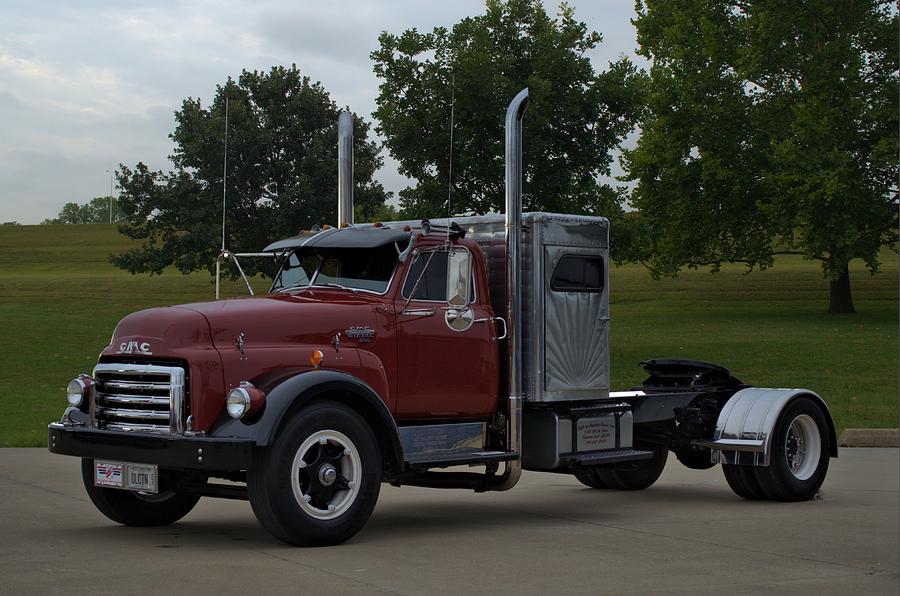
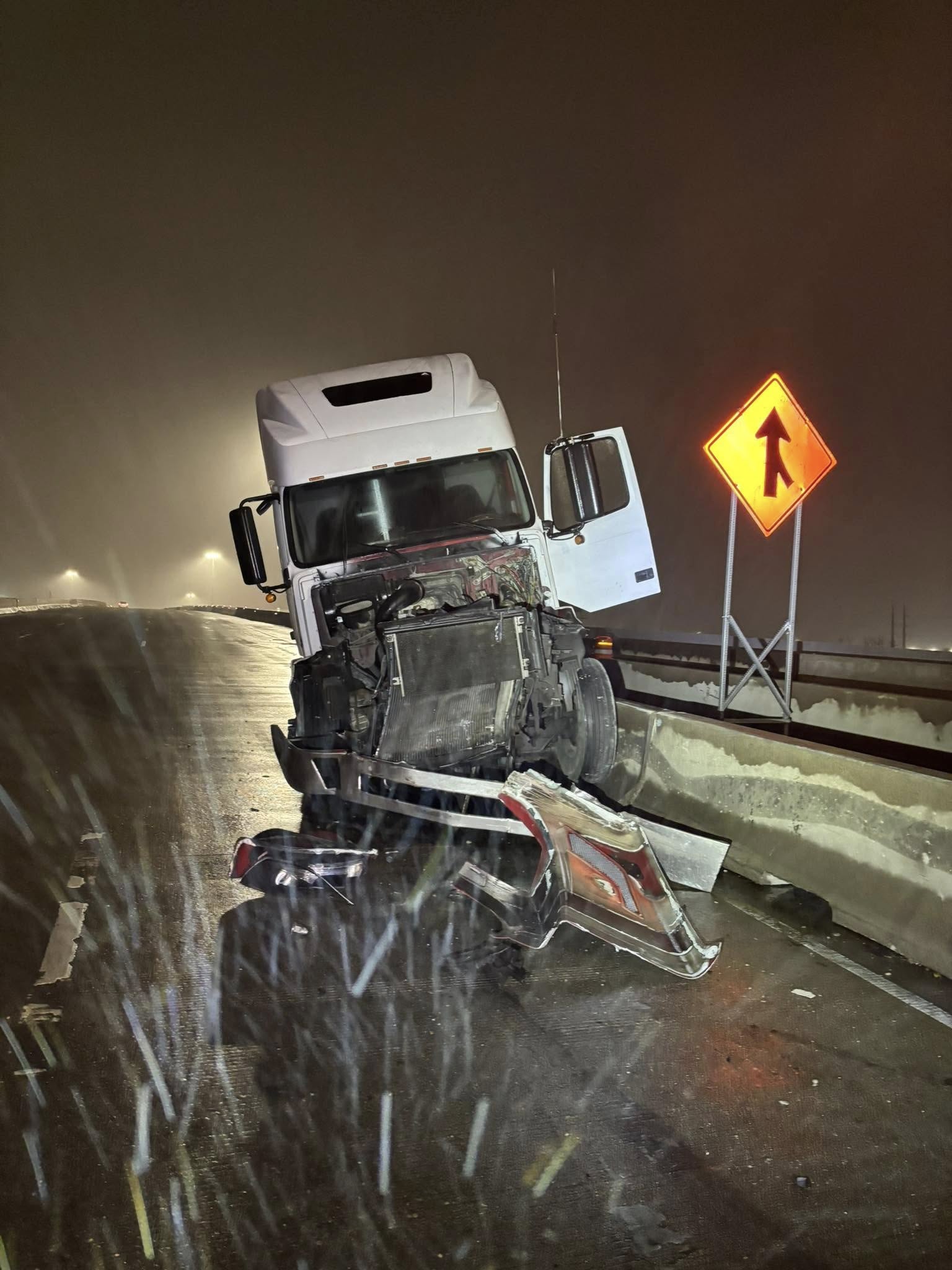
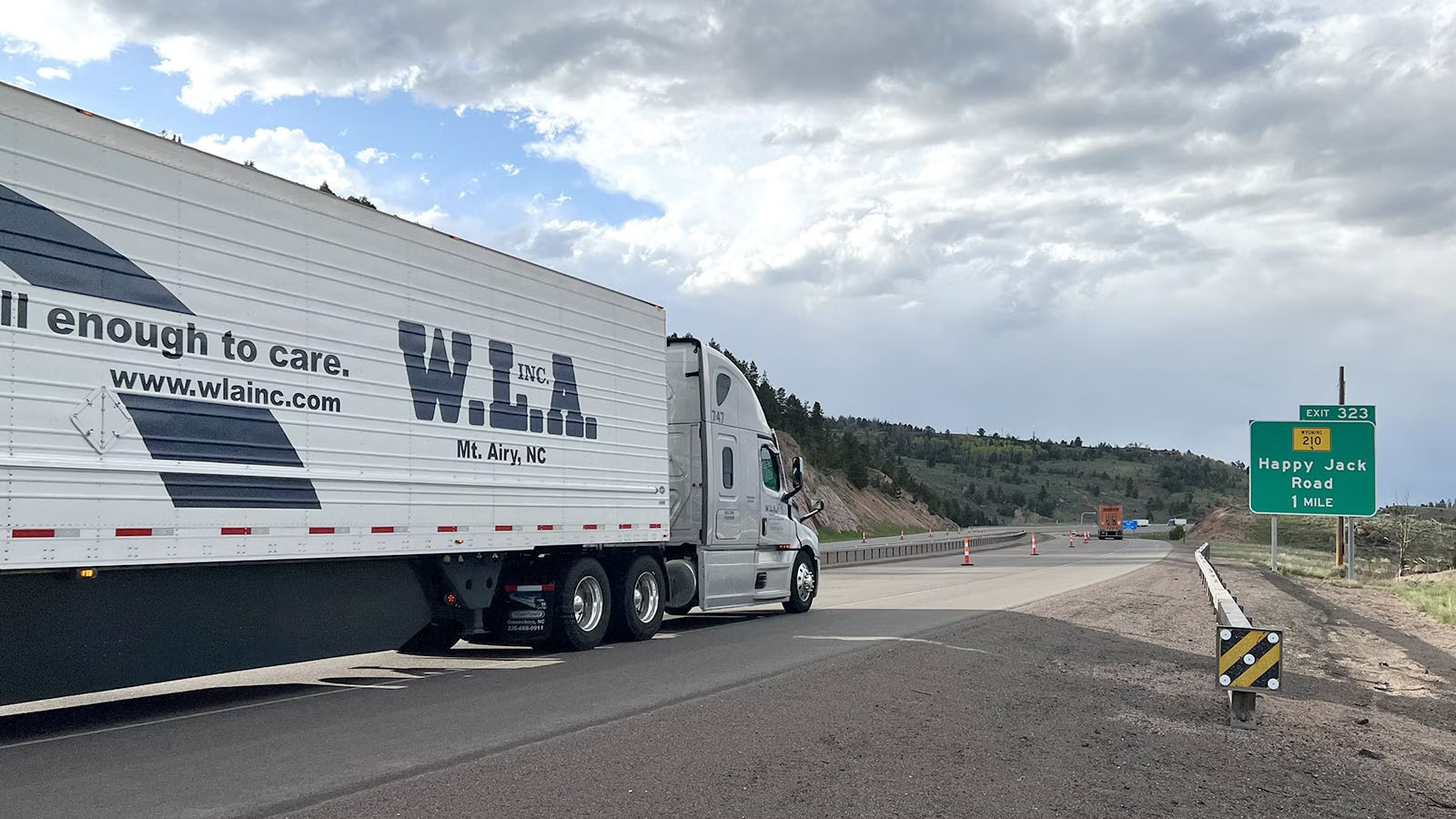


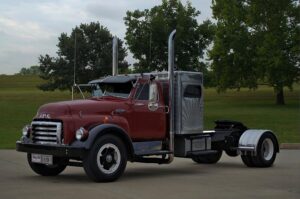


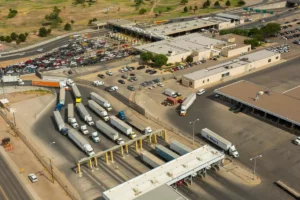




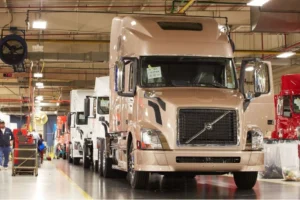
Post Comment